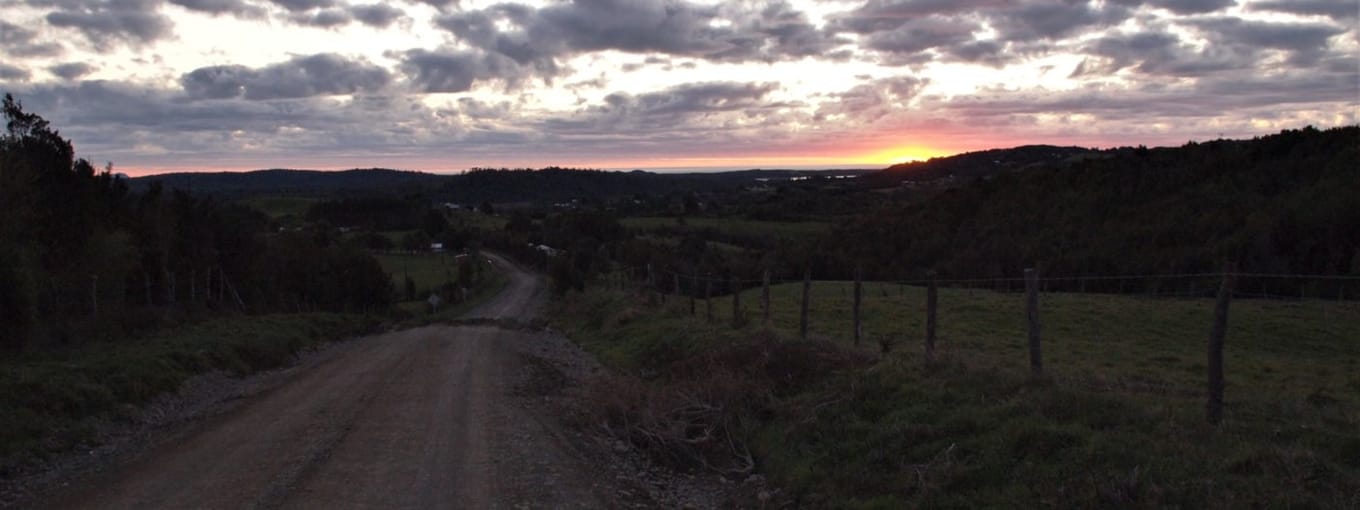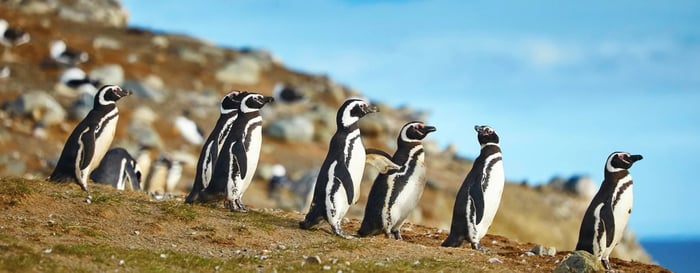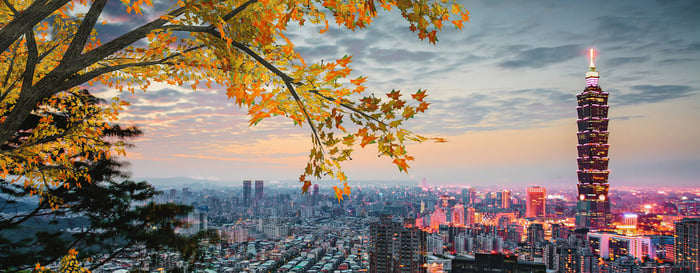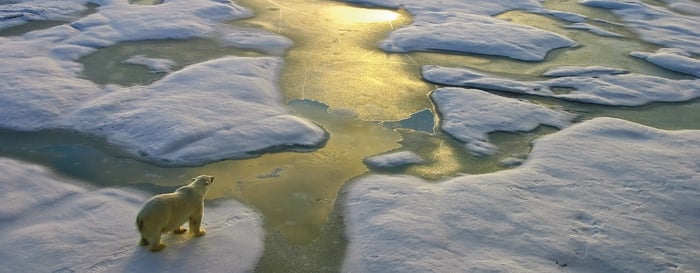Lightfoot Travel
WhatsApp Business Account

As I step off the ferry, the way forward presents itself as a long unpaved country road cutting across deeply green hills and valleys edged with sheep and Hansel-and-Gretel-style shingled cottages. At 9,182 kilometres square, I’m on the biggest island in South America after Tierra del Fuego; the mainstay of the Chiloé archipelago. It’s already windier and a few degrees cooler in Chiloé than on the mainland, and I’m told it’s usually wetter here, too. The conditions are ideal to put something in the ground and watch it come back up big and bold.
Chiloé is a Globally Important Agricultural Heritage System, a UNESCO-style designation acknowledging time-tested locally-adapted farming practices that have allowed this archipelago to be self-sustaining for centuries. In 1834, Charles Darwin sailed through the area documenting its biodiversity and edible bounty for over a year. He recorded evidence of more than 1,000 native potato species – today there are still 400 varieties, and Chilotes seem to have recipes for them all.
As if to prove the point, Doña Sonia lays out lunch that includes squishy Chapalele potato patties that look like oversized dumplings, and greens washed down with just-squeezed berry juices and lemonade. Virtually everything we eat has been cultivated, handpicked and prepared on the farm. She briefly disappears, then returns with a plate of whimsically-patterned beans, just to demonstrate the variety. There are spotted purple ones and orange-and-white ones – the colours of a fable. For dessert, she’s baked torta Chilota – a moist, dense apple cake – and another deep-dish German-style pie featuring berries and crumbly topping.
Elvis’s ancestors were among many Patagonians who emigrated from Germany in the 19th-century. They came to Puerto Varas, which is today an upscale resort town on the mainland, and fanned out from there throughout the archipelago. Doña Sonia, meanwhile, is descended from Mapuche and Chonos aboriginal peoples who arrived at the end of the last Ice Age. While other islanders carry the lineage of 16th-century Spanish conquerors. Over many centuries, these cultures living in virtual isolation from the mainland evolved into the independent-minded community of fishers, farmers, and boat-builders who live across the Chiloé islands today.
While Chiloé now specialises in barefoot chic stays for visitors, the first tourists to set foot on the islands were backpackers looking for a simpler life. That’s how my guides Macarena and Cyril discovered Chiloé. Maca was a college student exploring on a shoestring, while Cyril was a long-time summer vacationer. Now they show visitors the eco-friendly side of Chile that first captured their imagination.
Doña Sonia’s farm quickly fades from view as another country road winds its way to the pebbled coast, past still more cottages and farms, their chimney smoke rising, reinforcing a sense of comfort about this place. At the beach, I suit up in hip-waders and get my camera ready for a boat-ride to Puñihuil Natural Monument, where Humboldt and Magellanic penguins huddle and squawk in a rare side-by-side nesting ground.
The following morning before dawn, I take a sea kayak onto the Chepu River and dodge blackened, decaying tree stumps that appear like giant splinters slicing through the clingy mist. Ghosts in a graveyard. The forest had been submerged by a tsunami that swept through the area after a serious earthquake in 1960. Chiloé is full of blink-and-miss-it encounters like this, so it’s wise to invest in hiring knowledgeable guides who know how to lead you to them.
Another special experience awaits in the oceanside community of Tenaun: a curanto,Chiloé’s signature meal. I knock on the door of Mirella Montaña, who is busy layering chicken legs, mussels and clams, Spanish chorizo sausage and smoked pork, and unpeeled fingerling potatoes into a pit dug right into her living-room floor. Doña Montaña lays down a top layer of broad, palm-like Nalca leaves, and for a while I watch the steam rising from the pit. Then I leave her cottage for a quick look around.
Crossing the full length of the little port town in a few short minutes, I step into its blue-painted wooden church. Chiloé has 16 churches that collectively have been named UNESCO World Heritage sites. Nuestra Senora del Patrocinio de Tenaun is a typical example: light-filled and mostly unadorned, with a deep, curved ceiling resembling an overturned hull. It was designed by boat-builders and raised by the community. And I can only imagine many hearty curantos would have been welcome at the end of long, hard days working together to construct such a fine-looking building.
After lunch, I take another short ferry ride to the neighbouring island of Mechuque, amounting to a few palafitos (traditional seaside homes on stilts) and cottages on either side of a wooden covered footbridge. As I arrive, boat-builders are working on a fishing skiff. They nod a wordless greeting and continue their centuries-old occupation, burnishing the massive ribcage. Homes on Mechuque lack running water and the out-port island is lit by a communal generator that shuts off every evening. It’s a lovely, lonely place.
On many of these islands, realities and cultures collide and continually evolve, like waves. Wizards and faeries are said to live amongst ordinary men and women, sometimes disguising themselves as black dogs and other animals. Villagers hide charms under floorboards to ward off the wickedness of ghost-witches or the Trauco, a menacing dwarf-creature that preys on virgins.
One morning, Cyril guides me trekking to a wave-shaped dock that’s a few feet back from where emerald-colour land fractures sharply into the Pacific Ocean. The Dock of Souls was built by Chilean artist Marcelo Orellana Rivera in honour of the Mapuche, who believed loved ones would be transported from this precise spot of shoreline, called Punta Pirulil, to the afterlife by the mythic boatman Tempilcahue.
Below, sea lions are sunning themselves on giant boulders as the surf crashes hypnotically ashore, leaving momentary bursts of sea-foam. At the edge of the Mapuches’ world, my legs skim the sky, angling toward the sea.

From $10,120 pp
Chilean Patagonia Argentine Patagonia Chile

From $12,080 pp

From $16,450 pp
